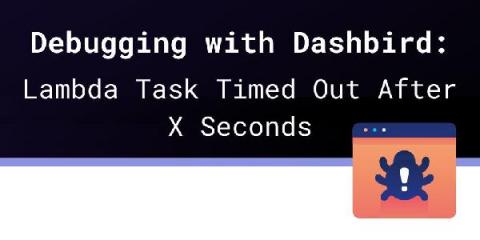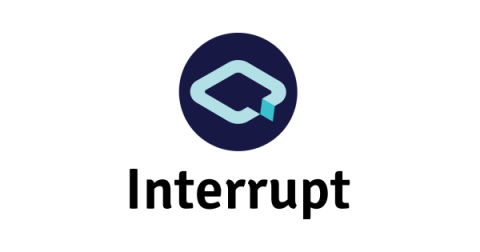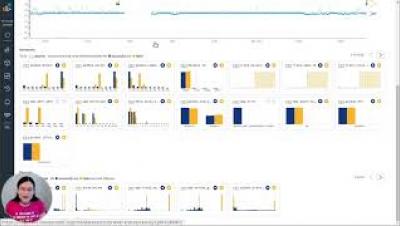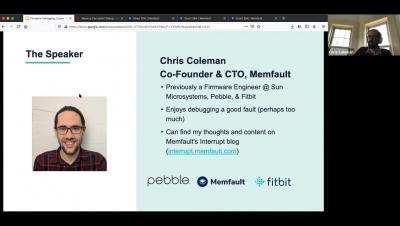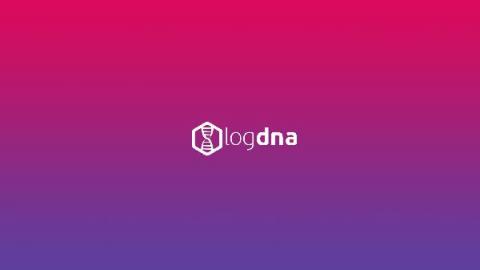Debugging with Dashbird: Lambda Task Timed Out After X Seconds
When building serverless applications, Lambda functions often form the backbone of the system. They might provide just a few lines of code, but these lines are usually what hold the whole architecture composed of many managed services together. Event-driven architecture is what this style is called, and it’s most prevalent in serverless applications. API gateways collect requests from your users, convert them to events, and send these along the way.


